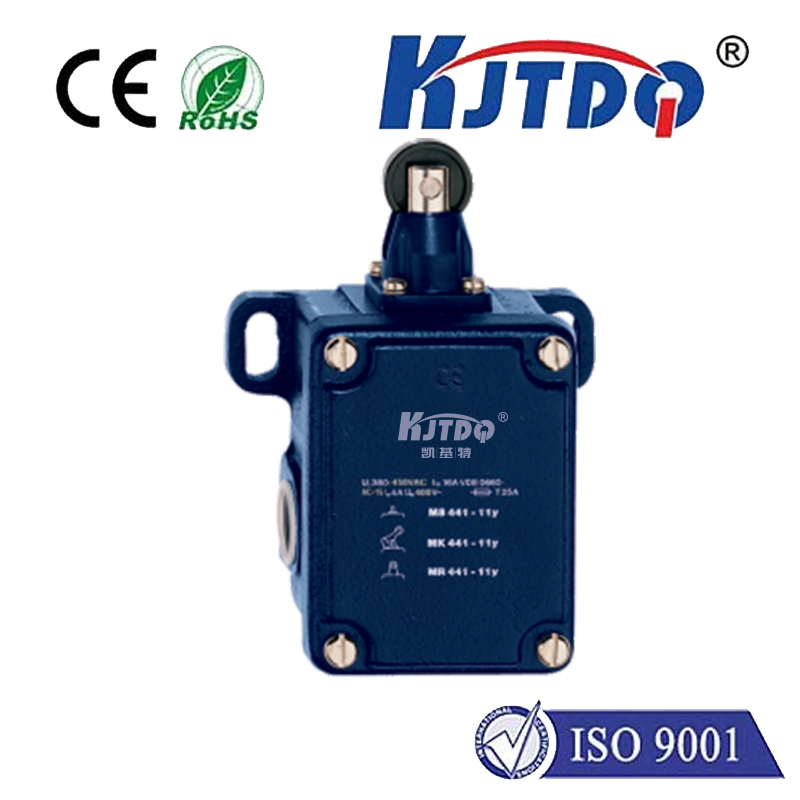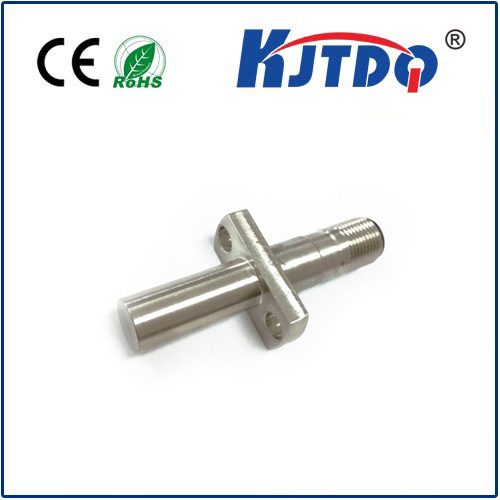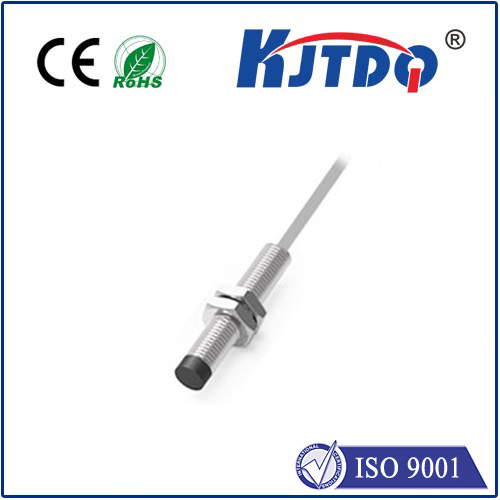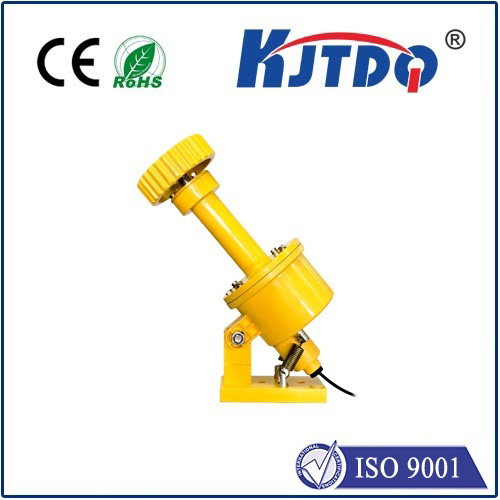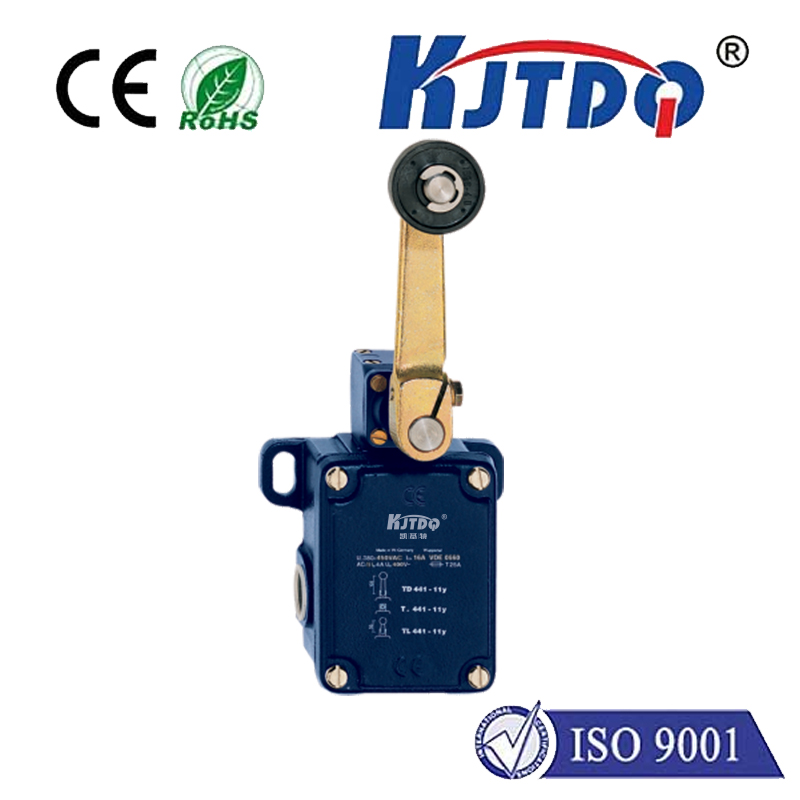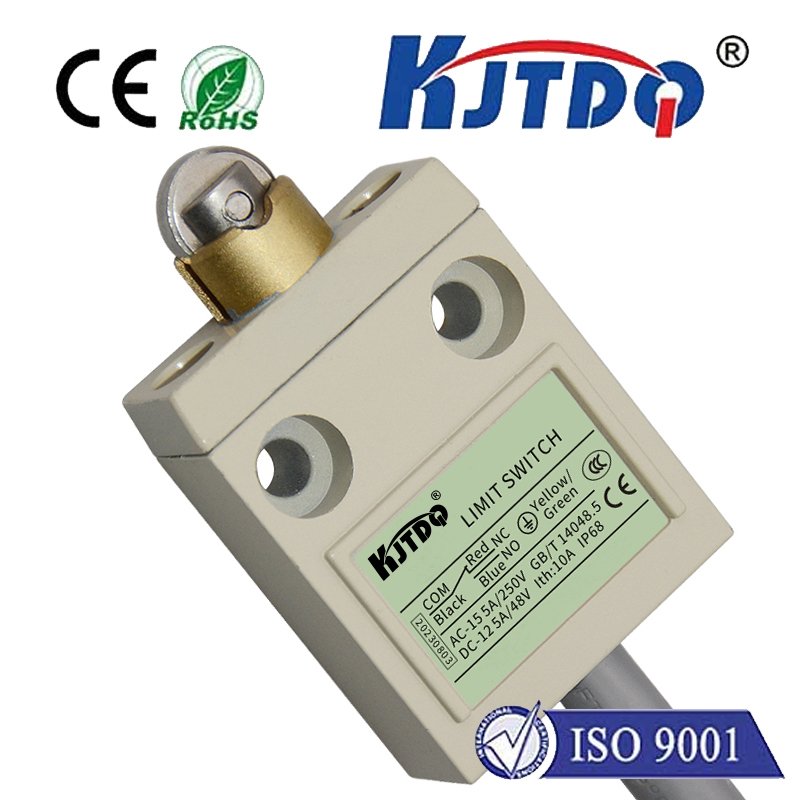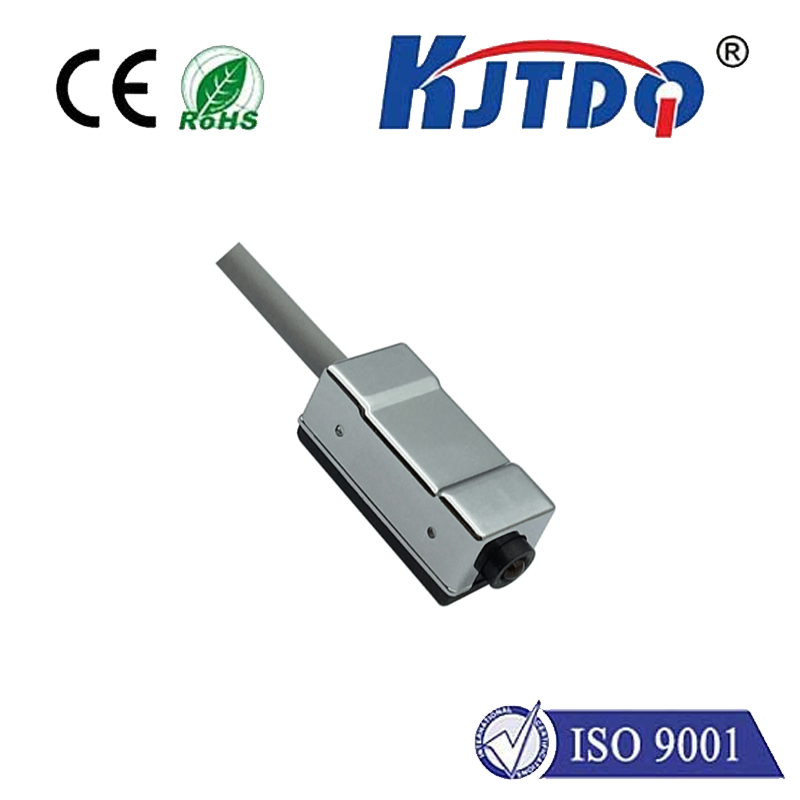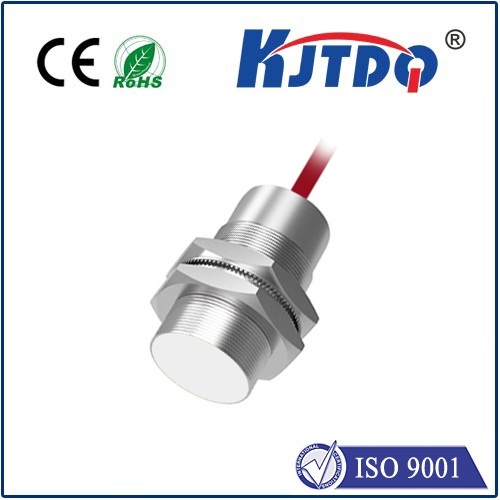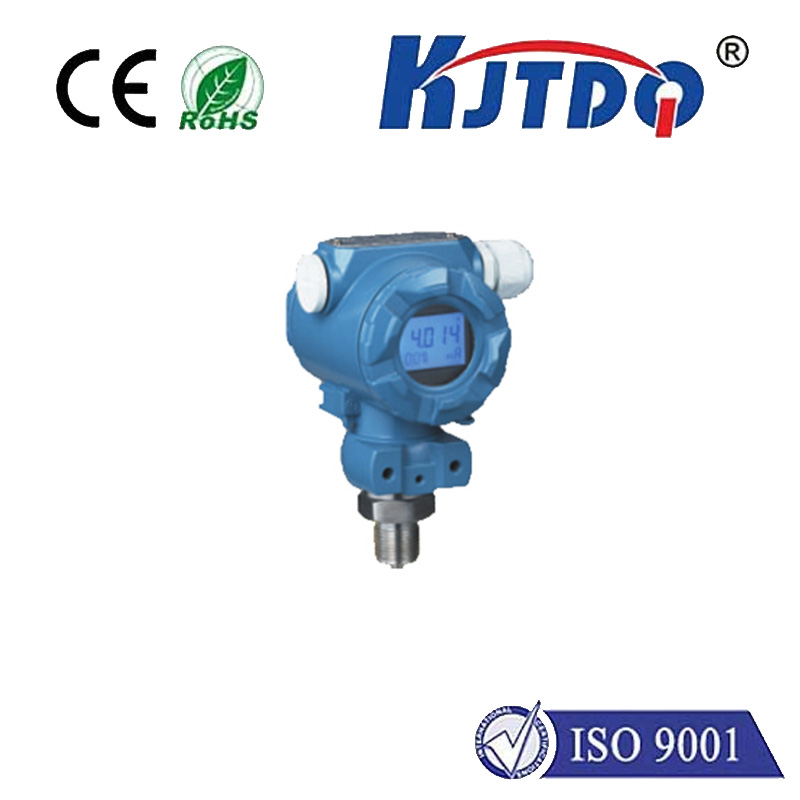230V Датчик приближения
- time:2025-06-17 00:04:36
- Нажмите:0
Powerful Detection for Demanding Environments: Unlocking the Potential of 230V Proximity Sensors
Imagine a setting where heavy machinery roars, dust clouds the air, and industrial processes operate relentlessly. Reliable object detection isn’t just convenient here; it’s mission-critical for safety, efficiency, and preventing costly downtime. Enter the 230V proximity sensor – a robust workhorse engineered to thrive precisely in these challenging conditions, offering contactless detection where standard lower-voltage sensors might falter. These sensors represent a cornerstone of industrial automation, directly interfacing with higher-voltage control systems for seamless and robust operation.
So, what exactly is a 230V proximity sensor? At its core, it’s a non-contact electronic switch designed to detect the presence or absence of nearby metallic objects (typically ferrous metals like steel or iron, depending on the type) without physical contact. The “230V” designation signifies its operating voltage, meaning it’s designed to be powered directly from standard mains voltage (often specified as 100-250V AC/DC or similar ranges) commonly found in industrial control panels worldwide. This direct compatibility eliminates the need for cumbersome additional power conversion modules, simplifying wiring and system design.
Inductive proximity sensors are overwhelmingly the most common type encountered in the 230V realm. They generate an electromagnetic field. When a metallic target enters this field, it induces eddy currents within the target, causing a detectable change in the sensor’s internal oscillation. This change is processed by the sensor’s electronics, triggering its output switch – either turning it ON (detection) or OFF (no target). This solid-state switching mechanism provides a long operational life and high reliability compared to mechanical switches.

Why Choose a 230V Proximity Sensor? The Compelling Advantages:
- Direct High-Voltage Integration: The paramount advantage. They connect seamlessly into existing 230V AC control circuits, relays, contactor coils, solenoids, or PLC input modules designed for mains voltage. This drastically reduces components and potential failure points.
- Exceptional Noise Immunity: Operating at higher voltage inherently provides superior immunity to electromagnetic interference (EMI). In environments crowded with motors, variable frequency drives (VFDs), and welding equipment, this robustness is invaluable. False triggering becomes significantly less likely.
- Simple Installation & Wiring: Often featuring just two or three wires (Live, Neutral/Common, and Output Load), their connection aligns directly with common industrial power and load connections, speeding up installation and troubleshooting.
- Robust Construction for Harshness: Built to endure industrial punishment, 230V sensors typically boast:
- ВысокийIngress Protection (IP) ratings (e.g., IP67, IP68, IP69K), safeguarding against dust, water jets, and even temporary immersion.
- Rugged housings (stainless steel or high-strength plastic composites).
- Excellent resistance to vibration, shock, and chemical exposure.
- Long Sensing Ranges: While specific ranges vary by model and target material, industrial 230V proximity sensors often offer generous sensing distances compared to lower-voltage DC versions, useful for applications requiring some standoff.
Where Do 230V Proximity Sensors Shine? Key Applications:
Their unique blend of high-voltage compatibility and ruggedness makes them indispensable across numerous demanding sectors:
- Manufacturing & Assembly Lines: Detecting parts presence on conveyors, monitoring pallet positions, verifying tooling location, controlling robotic arms.
- Material Handling Systems: Monitoring the position of cranes, hoists, forklifts, gates, and sorting mechanisms. End-of-travel limit detection on actuators.
- Heavy Machinery & Construction Equipment: Position sensing on excavator arms, bucket position detection, monitoring hydraulic cylinders, safety interlock zones.
- Packaging Machinery: Verifying carton presence, detecting fill levels (via metal flags), controlling sealing mechanisms.
- Power Generation & Transmission: Monitoring turbine machinery positions, detecting valve status, safety systems within switchgear.
- Автомобильная промышленность: Harsh environment sensing within paint shops, assembly line control, robotic welding stations.
Critical Factors When Selecting a 230V Proximity Sensor:
Choosing the right sensor isn’t just about voltage. Careful consideration ensures optimal performance and longevity:
- Sensor Type: Inductive sensors are standard for detecting metals. Ensure compatibility with the primary target metal (ferrous/non-ferrous).
- Electrical Specifications:
- Operating Voltage Range: Verify compatibility specifically with your 230V AC supply (check tolerance, e.g., 100-250V AC).
- Output Type:
- 2-Wire AC: Simplest, acts like a switch in series with the load (ensure compatibility with load current).
- 3-Wire AC/DC: AC models provide a separate output line, often with an NPN or PNP-like configuration within AC limits. 3-wire AC models offer better switching performance but require an extra wire.
- Switching Current & Voltage: Ensure the sensor can handle the current and voltage of the load it controls (e.g., contactor coil).
- Normally Open (NO) / Normally Closed (NC): Choose the switching logic needed for your control circuit.
- Mechanical & Environmental:
- Sensing Distance: Select a sensor with an appropriate nominal range, considering installation tolerances and target material/size.
- Housing Material & Shape: Stainless steel for corrosive environments or high impacts; specialized plastics for lighter duty. Choose threaded barrel (M8, M12, M18, M30), rectangular (“block”), or custom shapes.
- IP Rating: Match the rating to the environment (dust, wash-down, immersion).
- Temperature Rating: Ensure it operates reliably within the ambient temperature range.
- Special Features: Look for overload/short-circuit protection, surge suppression, potting (for extreme shock/vibration), or specific certifications (ATEX for hazardous areas).
Important Considerations & Limitations:
- Target Material Limitation: Standard inductive 230V sensors detect metals. Non-metallic objects require capacitive or photoelectric sensors, which are less commonly found natively in 230V versions (though sometimes available).
- Output Switching Speed: While generally fast, switching AC loads inherently has limitations compared to low-voltage DC sensors (
- Initial Cost vs. TCO: While sometimes higher upfront cost than low-voltage DC sensors, the elimination of separate power supplies and enhanced reliability often leads to a lower total cost of ownership (TCO) in demanding applications.
- Safety First: Working with 230V requires strict adherence to electrical safety protocols (lockout/tagout - LOTO) during installation and maintenance. Qualified personnel only.
Installation & Integration Tips:
- Secure Mounting: Ensure rigid mounting to minimize vibration effects. Use appropriate locknuts or brackets.
- Alignment: Follow manufacturer guidelines for optimal target approach and hysteresis (difference between switch-on and switch-off points).
- Shielding & Cable Routing: While EMI-resistant, avoid running sensor cables in parallel with high-power cables over long


